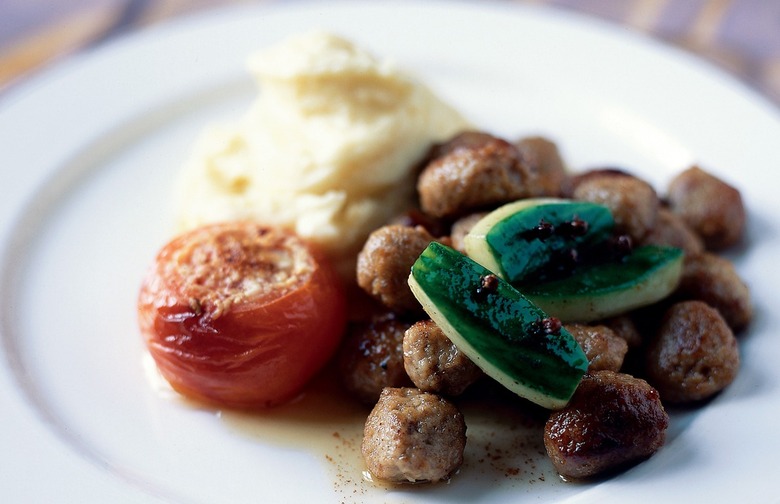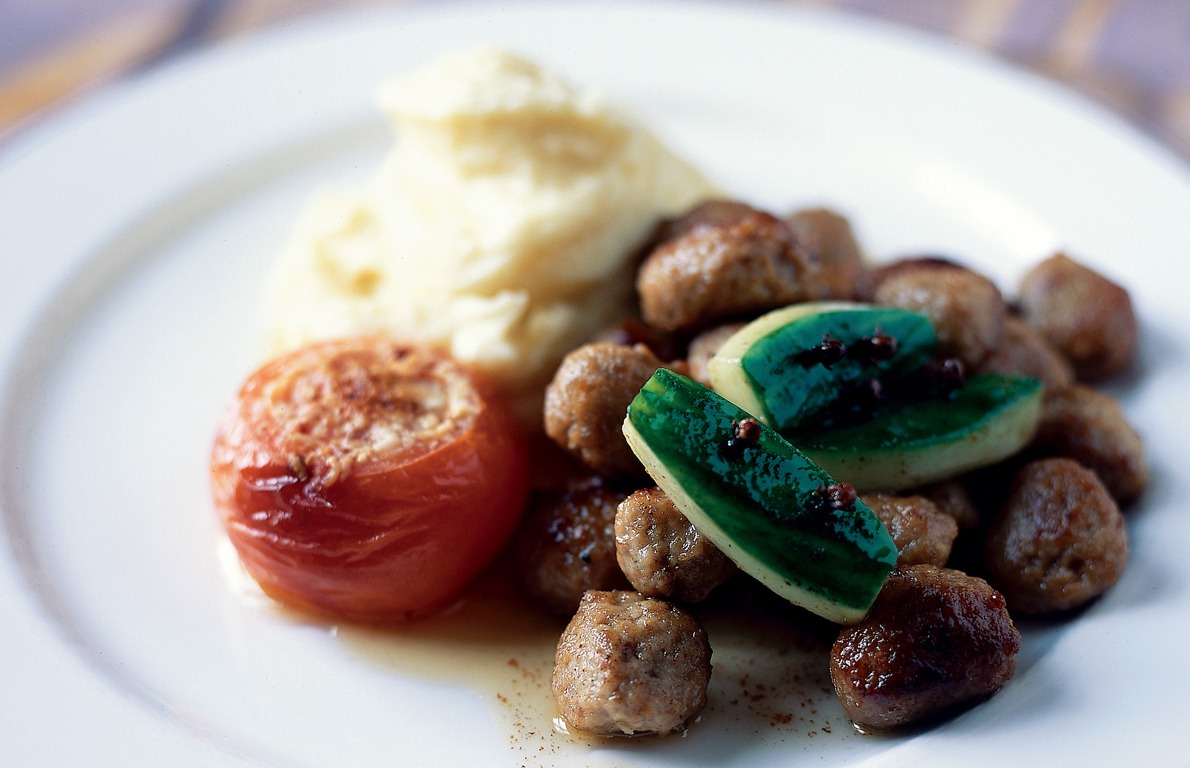What Do People Eat In Countries With The Longest Life Expectancies?
We've all asked ourselves this question at one point or another: What's the secret to a long life?
What Do People Eat in Countries with the Longest Life Expectancies? (Slideshow)
Emma Morano, the 115-year-old Italian woman who is the oldest European and the fifth-oldest person alive, recently made headlines for divulging the essential ingredients for longevity: raw eggs and staying single (perhaps Ms. Morano stayed clear of aphrodisiacs, then).
Morano hails from one of the 10 countries with the longest life expectancy for both sexes, as reported by the World Health Organization (WHO). In Italy, the life expectancy at birth is 83, so Morano has most certainly surpassed many of her compatriots. The Italian diet, reflective of the Mediterranean diet, is all about balance, quality, and leisure eating.
You may not be surprised to find Iceland and Sweden on this list given the culinary phenomenon that is the new Nordic diet, which focuses on plenty of whole grains, fruits, vegetables, eggs, oil, and seafood.
According to the WHO, "at the global level, both male and female life expectancies have increased by six years since 1990, with gains recorded across all country-income groups."
Using information drawn from the World Health Organization's Life Expectancy at Birth chart, The Daily Meal looked at the diets of the 10 countries around the world where people live the longest.
Consider taking notes, and you may find yourself celebrating your supercentenarian birthday some day.
Canada: 82
It may be surprising to see Canada on this list: after all, gobbling up poutine is a national pastime. A survey entitled Overview of Canadians' Eating Habits, conducted in 2004, asked more than 35,000 people to recall what they had eaten during the previous 24 hours. Results show that "Canadians were generally within acceptable ranges for the number of servings from the four major food groups and for the percentage of calories from fat, protein and carbohydrates"; however, despite these findings, the Canadian diet is lacking in fruits and vegetables.
Sweden: 82
Maybe it's all that surströmming they're eating, but there is a reason the new Nordic food movement has gained momentum around the world. Nordic food largely stems from the Scandinavian countries of Sweden, Denmark, Finland, Iceland, and Norway. The new Nordic diet — Scandinavia's answer to the Mediterranean diet — calls for eating more plants sourced from the wild, seafood — like fish, shellfish, and seaweed — whole grains, fruits, and vegetables . When it comes to red meat, the new Nordic diets calls for restraint, but recommends a moderate amount of high-quality, lean red meat. According to a Vogue article, "a typical week's dinners in a [Nordic diet] might include three meat, two seafood, and two vegetarian meals, but, on any given day, you can eat as many as you like, within reason, of root vegetables, leafy greens, nuts and berries, legumes, and orchard fruits, all of them local and in season, and whole grains such as rye, spelt, oats, and barley."


